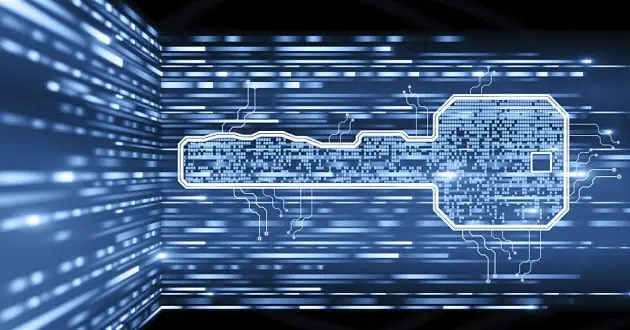Excerpt§
The CRC error indicates data corruption during transmission. It relies on polynomial division algorithms to detect accidental or malicious changes to data.
The cyclic redundancy check or CRC is a common error detection technique used in data transmission and storage. CRC errors indicate that data has been corrupted or altered. Understanding how CRC works provides insight into maintaining data integrity and preventing errors.
What is a Cyclic Redundancy Check (CRC)?§
A cyclic redundancy check (CRC) is a type of checksum algorithm that detects accidental changes and manipulation of data. It works by generating a CRC code from the data and sending it along with the original data. The receiver regenerates the CRC code and compares it to the received one to check for differences.
CRC is commonly used in networks, storage devices, and backup systems to ensure data integrity. Popular CRC standards used include CRC-32, CRC-16, and CRC-CCITT.
How Does the CRC Error Occur?§
The CRC error occurs when the freshly calculated CRC code on the receiving end does not match the original CRC code transmitted. This indicates the data got corrupted or modified during transmission.
CRC relies on polynomial division to generate the CRC code. The data bits are divided by a CRC polynomial using modulo 2 division. The remainder from this division becomes the CRC code.
Steps Involved in CRC Error Detection§
The main steps are:
CRC Code Generation: The sending device divides the data by the generator polynomial using modulo 2 division. The remainder is the CRC code.
Attach CRC Code: The CRC code is appended to the original data and transmitted.
Regenerate CRC: The receiving side repeats the CRC generation process on the received data.
Compare CRC: The newly calculated CRC is compared to the received CRC code. If they differ, a CRC error is detected.
Understanding the CRC Error Detection Algorithm§
The polynomial division process used in CRC works as follows:
The data bits are treated as the dividend. This is divided by the CRC polynomial which serves as the divisor.
Modulo 2 division is performed. This involves XORing the divisor bitwise with the dividend if the dividend bit is 1.
The remainder left after division becomes the CRC code.
The CRC polynomials are carefully designed to detect common errors like bit flips. Different CRC standards use different polynomials optimized for their application.
Examples of CRC Error Detection§
Let’s take an example data packet 10011010 to be transmitted.
Using the CRC-4 polynomial x^4 + x + 1:
Append 4 zero bits to data to initialize the CRC register:
10011010 0000Perform modulo 2 division with the polynomial:
10011010 0100The remainder
0100is the 4-bit CRC code generated.If on receiving, the CRC calculated is
1111instead of0100, an error is detected.
Importance of CRC in Data Integrity§
CRC plays a key role in preventing data corruption during transmission or storage:
Detects common errors like bit flips or bursts that routinely occur on networks.
Verifies integrity of data saved on storage media susceptible to defects and deterioration over time.
Provides early indication of system faults before they escalate and cause failures.
Common Applications of CRC§
Some examples where CRC is used:
Storage media like hard disks, SSDs, optical discs, and magnetic tapes.
Wired and wireless network protocols like Ethernet, WiFi, Bluetooth.
Container and archive file formats like Zip, 7z, tar, PNG.
Limitations and Vulnerabilities of CRC§
While highly effective, CRC has some limitations:
Cannot detect all possible errors. Long burst errors may go undetected.
Intentionally modified data can go undetected if the CRC is recalculated by the attacker.
Does not provide any error recovery or correction mechanism.
Conclusion§
In summary, the cyclic redundancy check relies on modulo 2 polynomial division to detect accidental or intentional data corruption. It is an essential data integrity protection mechanism used in networks and storage systems. CRC errors warn of underlying problems that should be promptly investigated and addressed.















